BY MIRIAM WEBSTER, special guest blogger
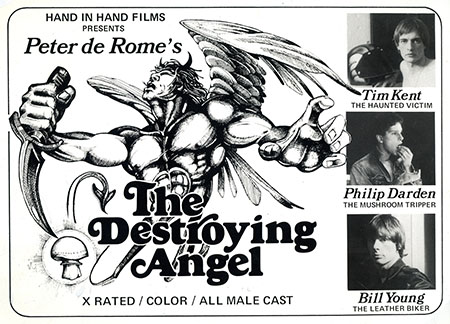
"It started with the thought that gay films had been made in various forms, but that they hadn't yet tackled the horror genre," starts celebrated gay porn auteur Peter de Rome's write up on his truly unusual 1976 horror/porn hybrid, The Destroying Angel - an entertaining, disturbing, and hallucinatory film about Catholicism, sexuality, doppelgangers, and psychoactive mushrooms. "Almost at the same time came the idea to write a story about twins - one that had been lurking in the back of my mind for a long time."
British filmmaker Peter de Rome, who passed away in 2014, was the subject of a recent documentary, Peter de Rome: Grandfather of Gay Porn. His work, which is both avant-garde and explicitly gay and erotic, has been recognized by the British Film Institute and written about extensively in recent years. Working primarily in New York City in the early days of hardcore, de Rome made two features (the fascinating 1974 film Adam and Yves, shot in Paris and featuring the last known footage of Greta Garbo, along with The Destroying Angel), and a number of short films.

Eight of his shorts made between the years 1969 and 1972 (notably, the well-known "Underground," which depicts a real sex scene shot on an active NY subway train) make up the collection The Erotic Films of Peter de Rome, released by Hand in Hand Films.
Hand in Hand also released his two features and included a few more of his short films in their compilations In Heat and Private Collection.

De Rome was an atypical pornographic filmmaker, largely because he had little interest in the straight-forward depiction of sex or the conventions of pornography. Rather, he was interested in exploring a more multi-dimensional look at sexuality through his filmmaking. "My feeling is for eroticism. And that, for me, is 'leading up to the sex.' Once you're at the sex stage it can quickly get terribly boring," he told HIM Magazine. "For me, a lot of the arousal is in the mind and the imagination. That is what really turns me on. Most of my ideas, therefore, are concerned with how we get there."

In an interview with In Touch Magazine, de Rome elaborated, "I think that we've barely scratched the surface of pornography in film making, and that it has become a sort of mandatory thing in sex films to show a positive view of sex and all of sex is supposed to be the ultimate, the pinnacle of excitement, and life simply isn't like that. It seems to me that sometime we've got to get honest about sex and admit to ourselves that very few sexual encounters do work out agreeably or are completely successful. And that's one of the reasons that I did the first scene in Destroying Angel as a 'down'; it was meant to be an unsuccessful sex trip. I have a very simple if not simplistic attitude toward sex films, and that is that sex is just as much a part of life as living, eating, breathing, sleeping - it's just another function of life and I don't see why it can't be depicted dramatically just as those other funcitons are and as honestly, too. And I think we have to show every aspect of sex in films before we can really say we are making sex films."
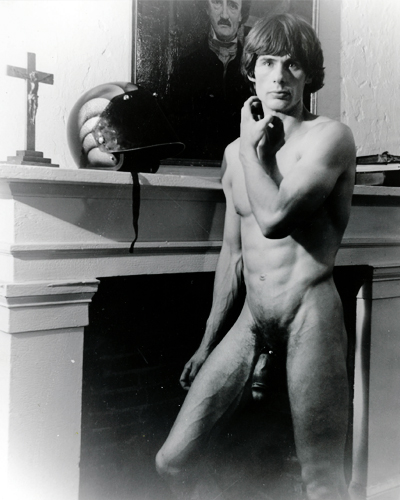
In his film backstory, 'Genesis of The Destroying Angel,' de Rome continues:
By chance, I happened to read John Allegro's fascinating study, The Sacred Mushroom and the Cross, that seeks to equate Jesus Christ with a mushroom, the Amanita Muscaria. This, in turn, led me to R.G. Wasson'sSoma: Divine Mushroom of Immortality, which traces the same mushroom to the Soma plant in the ancient Rig Veda of India. The whole incredible story seemed to me to be a natural for erotic treatment. But how to blend the two ideas together?
I sat down at the typewriter and looked up at the painting hanging on the wall before me. It could have been a portrait of myself, except for the way he was clothed and the caption underneath: Edgar Allan Poe. Was this a sign? Maybe, but inspiration eluded me. So I went back to his stories and, sure enough, there was the answer.
Peter de Rome in front of a portrait of Edgar Allan Poe
"William Wilson" provided just the sort of structure I was looking for with one important change: the twins became one troubled young man and his alter ego. A few scenes in the film are direct parallels to the story, but mostly only the structure is retained.
And then, because of the religious aspect of the mushroom story, it seemed logical to make the principle character a young priest, sorely tempted beyond his means to resist.
The urination scene derives from the hypothesis that the sacred plant called the Soma in the Vedic culture was, in fact, a hallucinogenic mushroom, a plant with miraculous inebriating virtue, enjoyed both by the peoples of the Valley of the Indus and the cattle they tended. The juice of the Soma had a similar intoxicating effect on the animals, and is excreted still in its purest form in the urine, only to be ingested once more by the peasants. This way they could stay high for days!
Small wonder that the sun became a compelling metaphor for the gleaming red-topped mushroom, and the urine its golden rays:
Pass on me the flowing Soma
Divine Inebriant - Holy Water
Urinate your juices on me
Fruit of my esoteric dreams
Hari Krishna - Flaming Fungus
Spill yourself onto the belly of Indra
Penetrate my entrails, enter into my heart
O Soma juice, light of the sun.
The Destroying Angel was hardly first time de Rome tackled religious themes in his films - this seemed to be a particular fascination of his. Adam and Yves features a masturbation sequence (starring Bill Eld, also of The Destroying Angel) in a chapel and two films in The Erotic Films of Peter de Rome, "The Second Coming" and "Prometheus," also come to mind. "Prometheus" (also with its obvious mythological connections) focuses on a man who is used and abused by a group of men, ushered into the room by a figure who resembles Christ. "The Second Coming" starts off as a lark, as two men (one played by Peter de Rome, himself) travel across Europe, collecting clues that lead them from city to city. One of them men winds up in an old village, where he wanders into a cathedral. A group of men are huddled together inside, looking at what initially appears to be a large crucifix on the wall in front of them. However, the figure on the cross moves - it is not Christ, but a live nude man mounted there, who ejaculates, hands free, all over his own torso.
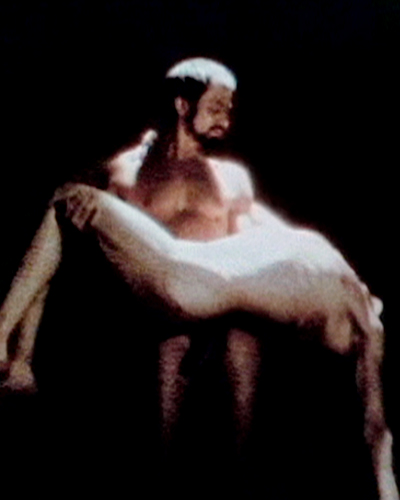
The Destroying Angel - a film that is simultaneously complex and campy, hot and disturbing - was de Rome's final feature, as he was, at this point in his career, developing a distaste for the increasingly graphic sexuality demanded by producers and audiences. This film (accurately referred to as "a mess but a masterpiece" by Rupert Smith) spends a larger portion of its running time on sex scenes than does Adam and Yves, but this is not to say that it abandons de Rome's preference for imagination and eroticism over explicitness. Its sex scenes are unlike any others, becoming more and more surreal and deconstructed over the course of the film. The Destroying Angel fully fuses the genres it is tackling - its sex scenes are horror scenes.


The sexuality depicted is complicated, conflicted, anguished, compulsive; the priest character's internal struggle, rooted in religion and made terrifyingly manifest by way of hallucinogens, the source. Psychological and emotional concerns are primary within the sex scenes and the sex scenes do not function as durational necessities but, rather, they serve asthe narrative and as the method of conveying the thematic material, helping to make every moment of the film thoroughly watchable as a piece of cinema.
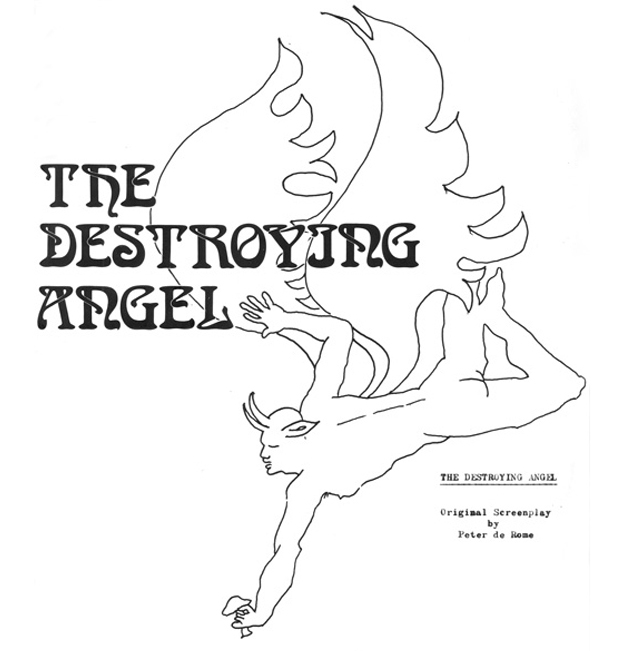



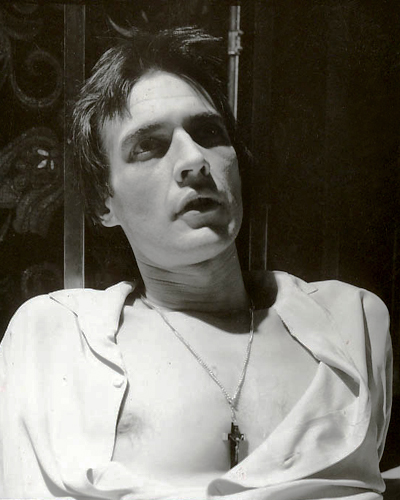
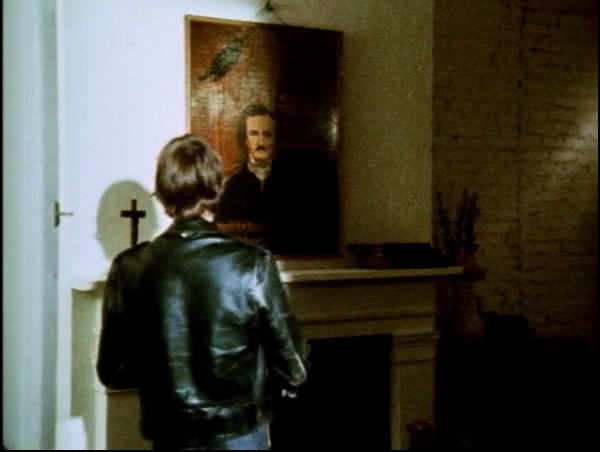




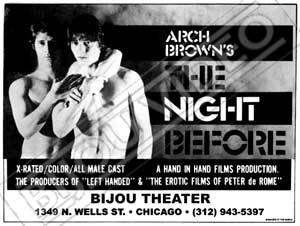

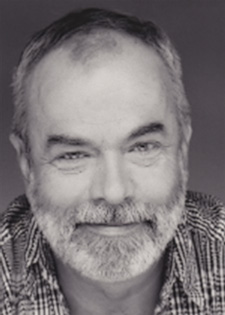
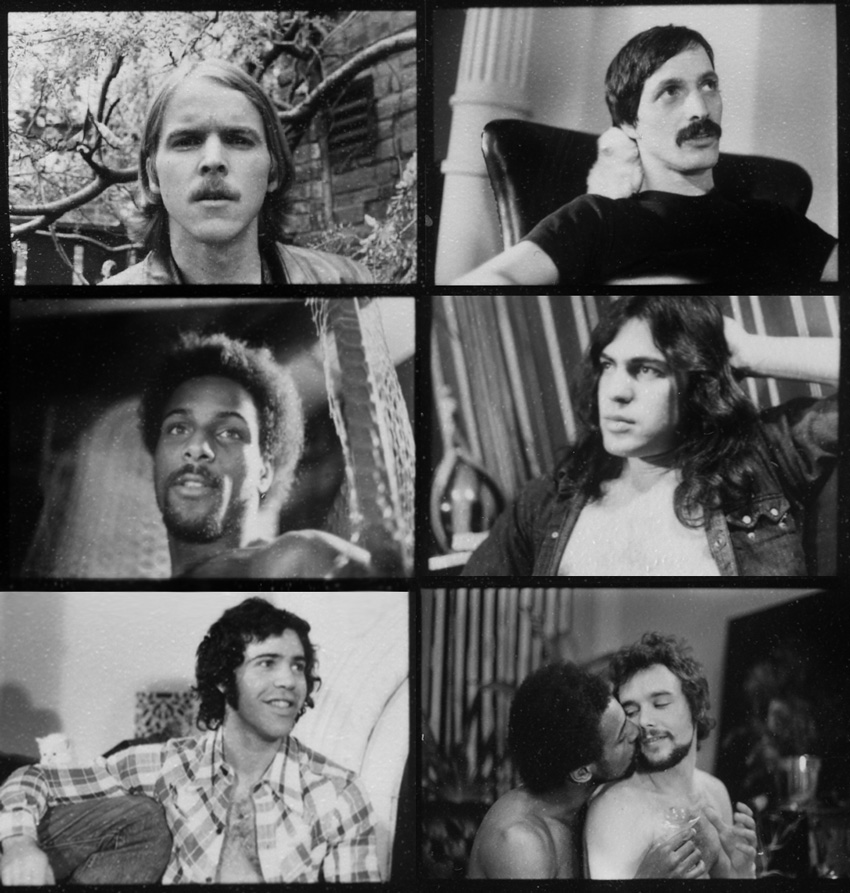

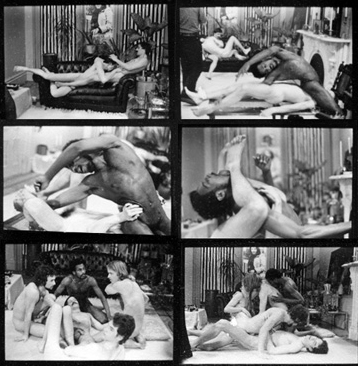


 Join our Email List
Join our Email List Like Us on Facebook
Like Us on Facebook Instagram
Instagram Youtube
Youtube Follow Us on Twitter
Follow Us on Twitter Follow us on Pinterest
Follow us on Pinterest